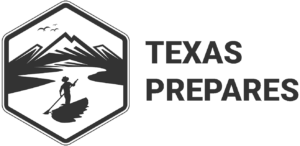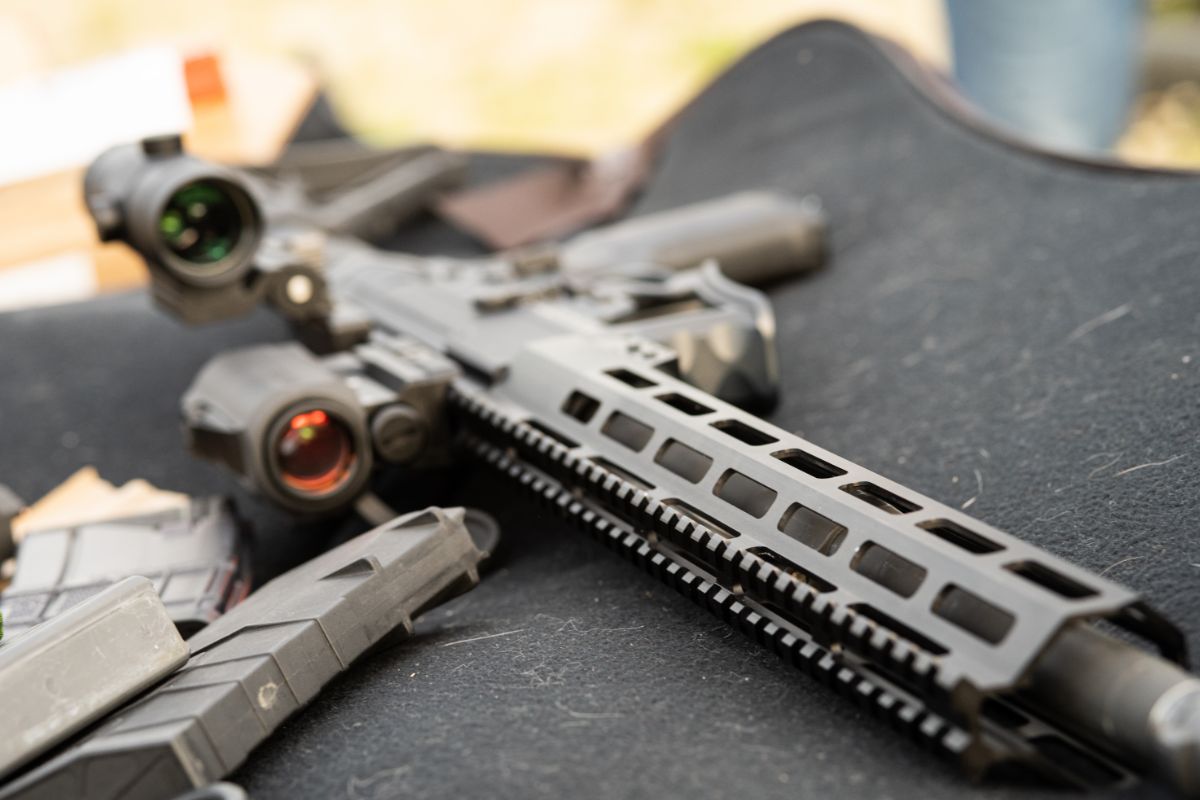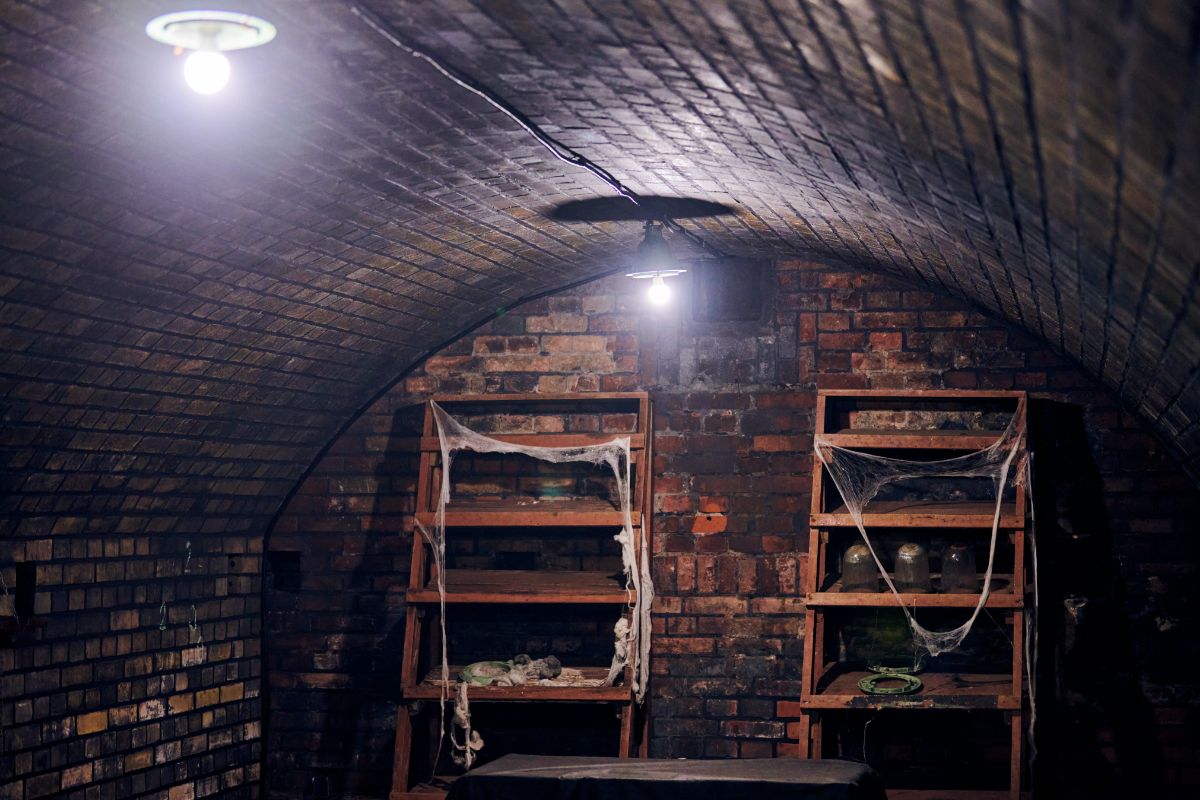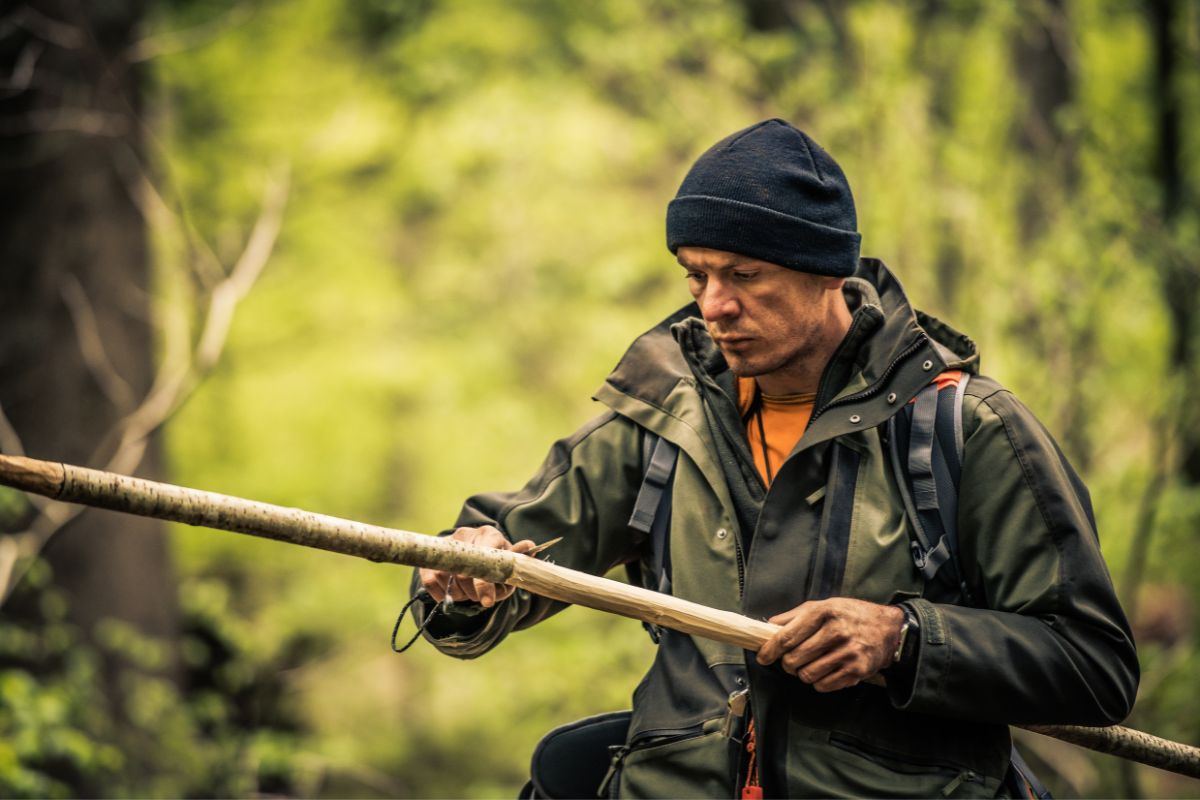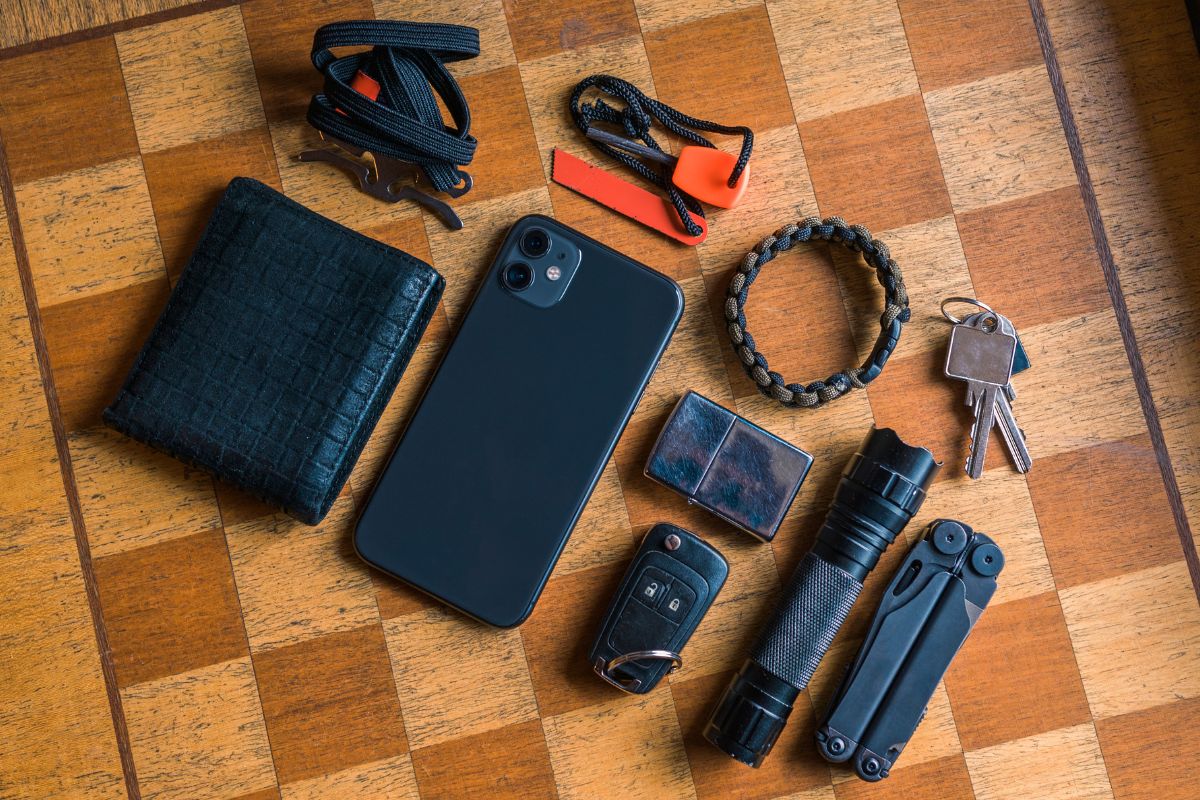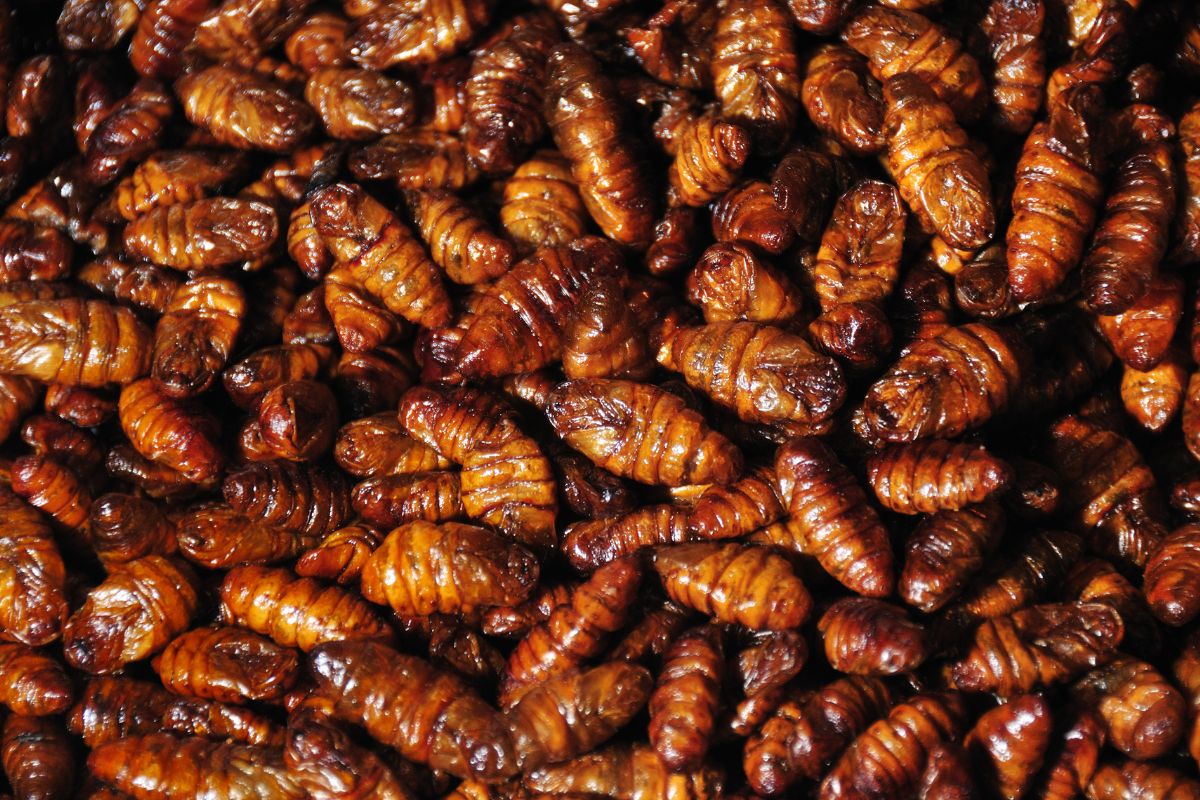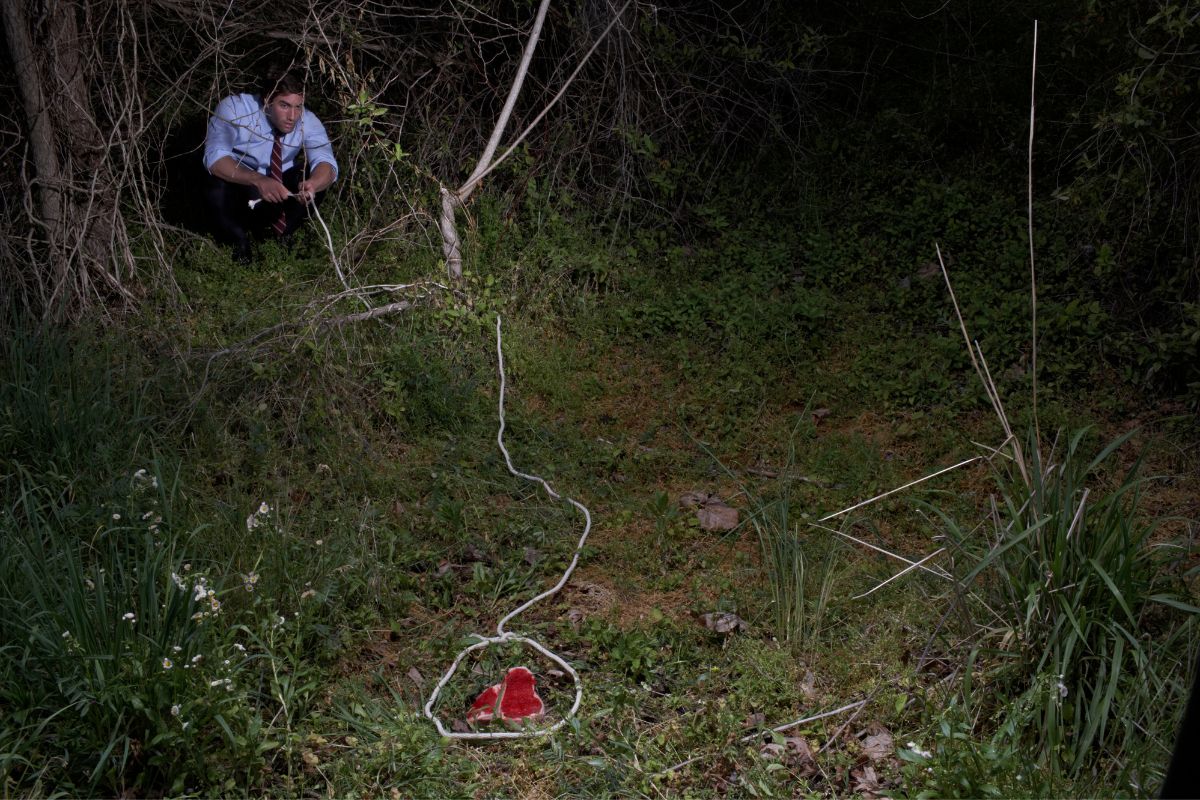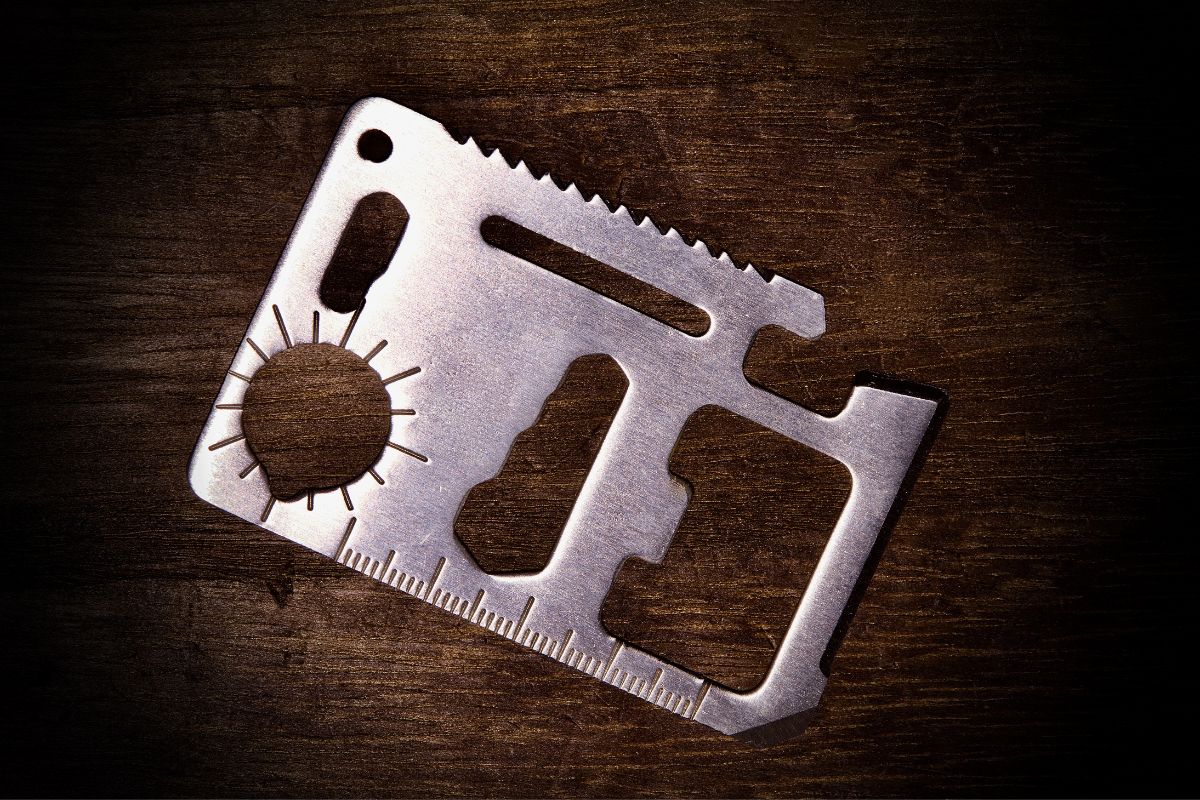There are two types of disasters, and these are natural disasters and man-made disasters.
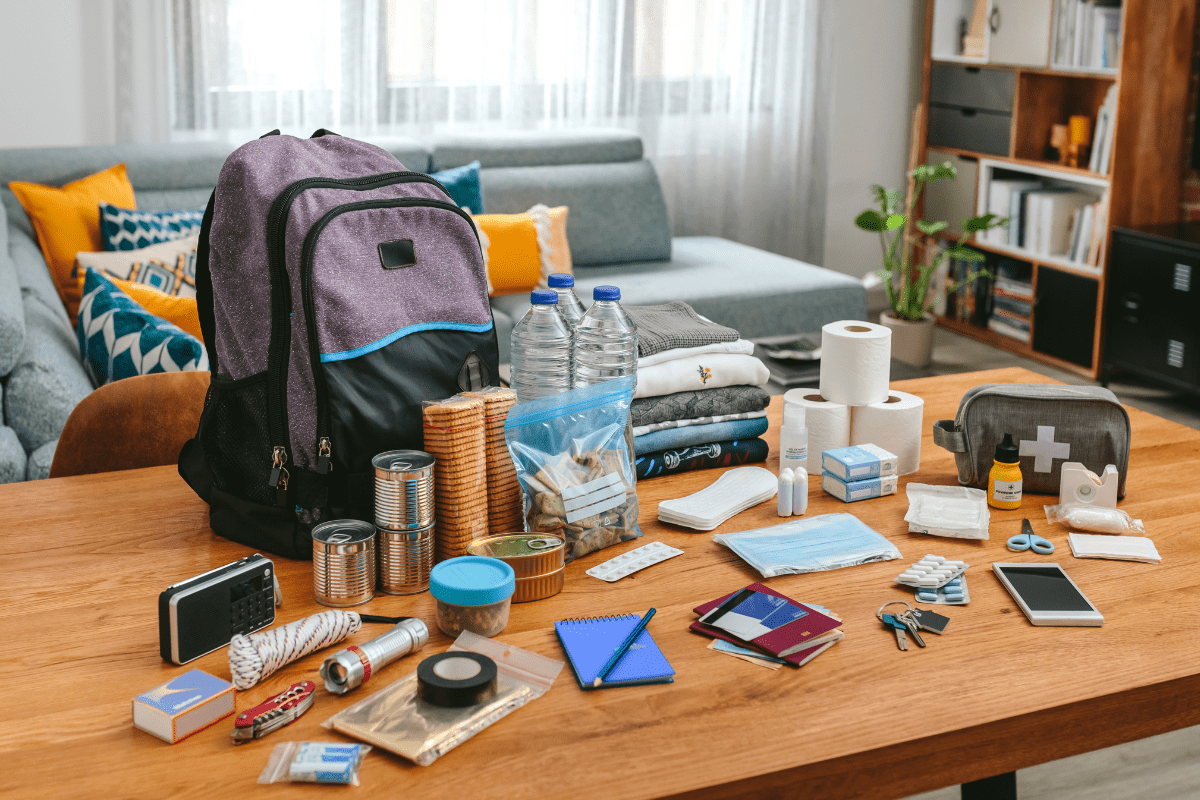
Natural disasters include things like blizzards, earthquakes, floods, hurricanes, tornadoes, and wildfires, while man-made disasters include arson, power outages, terrorist attacks, and radiation leaks.
However, no matter what kind of disaster you face, the steps you need to take to prepare for an emergency are much the same.
So for instance, having a well-stocked medical supply is an essential part of disaster planning regardless of what disaster strikes.
Disasters can strike you and your family with little to no warning at all. You may have to immediately leave your home in some instances, while in others you might have to stay put.
Basic services like water, gas, electricity or telephone services may be cut off for days or weeks.
But a family disaster plan can help you prepare for these difficult situations and help you mitigate the consequences of a disaster.
Below, we’ll take you through 10 steps into creating a comprehensive disaster plan to keep your family safe and secure should the worst happen.
How To Create A Comprehensive Disaster Plan
There are 10 important aspects to consider when creating a comprehensive disaster plan in case of a disaster. Let’s take a look at them:
Pinpoint Hazards In The Home
Dangerous objects in your home need to be stored away or removed to reduce the devastating impact of a disaster.
So for instance, if you have electrical wiring that is worn out or gas connections that are leaking these will need to be fixed.
Make sure your shelves are securely nailed down, and that any solvents are safely stored in metal containers.
Gather First Aid Supplies And Learn CPR
Everyone in your family – even older children – should be taught basic first aid.
If a disaster leads to burns, bleeding, choking, electrocutions, heart attacks, or spinal injuries then you need to know how to react quickly and effectively to save lives.
Decide On A Meeting Place
Since any number of disasters could strike, it’s a good idea to decide on two meeting places.
In the case of an emergency like an explosion or fire, a meeting place directly outside the home is suitable.
If a disaster happens when one or more family members are not at home, a meeting place outside your neighborhood would be best, like a mall or restaurant.
The whole family should be given the address and phone number of your chosen meeting place.
Furthermore, it’s a good idea to select a friend who lives out of state to be the ‘family contact’ in case of a major disaster.
The family should also have this person’s contact information.
Make Sure You Have An Adequate Supply Of Water
If your community is struck by an earthquake, flood, hurricane or power outage, then your water supply may be limited.
According to the American Red Cross, we tend to drink at least 2 quarts of water every day, and usually more if the weather is hot.
Water is also needed for hygienic purposes and for food preparation, so every family member needs 1 gallon of water per day.
Experts believe that in case of a disaster you should store several days worth of water per person.
Water can be stored in clean fiberglass, plastic, or enamel-lined metal containers, and in a cool, dark location like a basement.
Your emergency water supply should be changed at least once a year.
If you find yourself in a disaster without a water supply, you can use the water in your hot water heater or swimming pool.
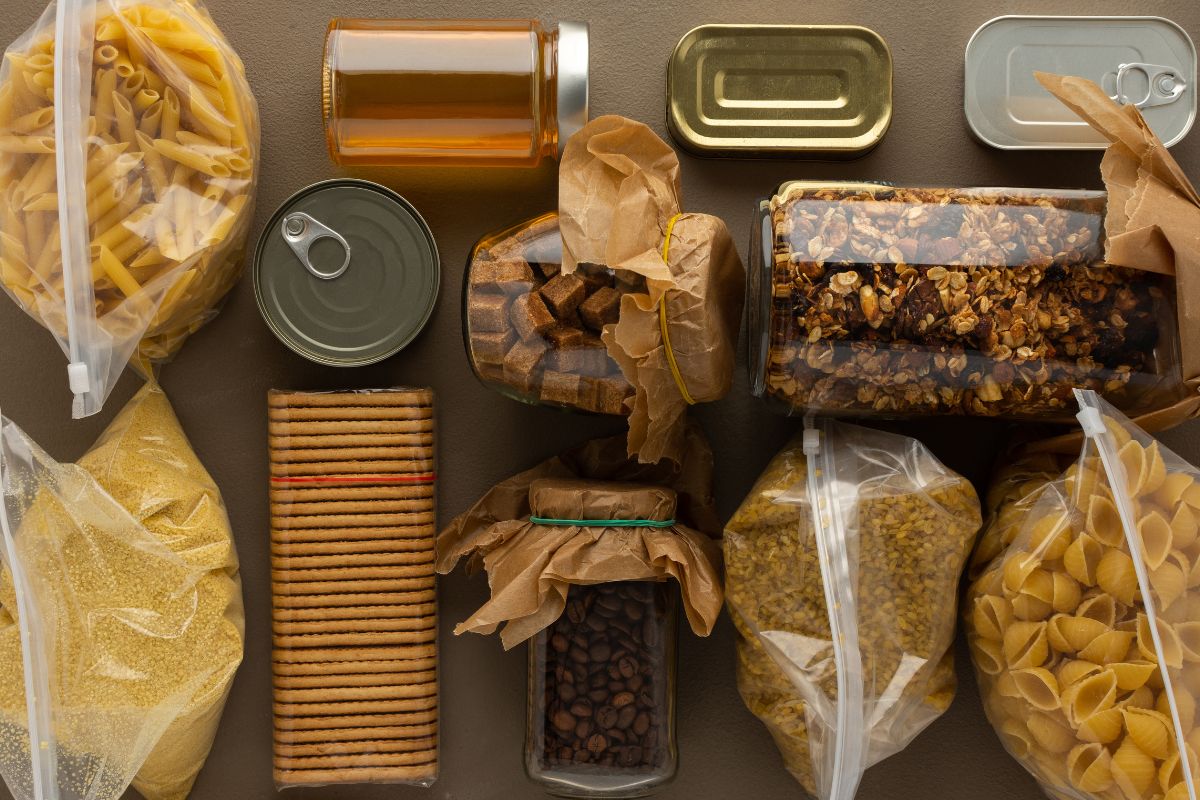
Gather A Food Supply
While we can survive with little to no food for days or even weeks, it is a good idea to keep an emergency supply of food in case disaster strikes.
This should be food that requires no refrigeration i.e. canned fruits, meats, or vegetables. Another great addition to your emergency food supply is powdered milk.
A can opener that you can operate manually and utensils that you can easily dispose of should also be part of your supply.
The American Red Cross recommends that you keep a supply of food that will last each member of your family 2 weeks.
If you lose electricity, you should eat any perishable food first before moving on to the food in the freezer.
It’s important to open the refrigerator or freezer as little as possible throughout the day, so keep a list of the items included in each appliance to reduce the number of times you open them.
In the case of electricity loss food in a freezer can last as long as 3 days if the door isn’t regularly opened.
In some cases, you can use dry ice to keep food cold. Dry ice has over twice the cooling energy per volume than regular ice.
So if you lose power and you’re stuck at home, you can contact a dry ice distributor, as dry ice cannot be stored in your home long-term.
Stock Up On Emergency Supplies
As well as food and water, it’s also crucial to have an emergency supply kit. In fact, according to the US Department of Homeland Security, you should have two kits.
You should have an emergency kit for when you have to stay in your home (like a power outage), and another kit that is smaller and easily transportable for when you need to evacuate (like a hurricane).
Your emergency kit should contain the following basic supplies:
- Filtered masks
- First aid kit
- Fire extinguisher
- Supplies for infants (if applicable)
- Prescription medication and necessary over-the-counter medication.
- Power flashlight
- Batteries
- Toiletries
If you live in an area that regularly experiences hurricanes, nails and plywood are also essential emergency supplies.
Create An Emergency Evacuation Plan
If a warning has been put in place for a hurricane or flood then you need to put a plan in place to protect your home and possessions.
However, this plan should only be implemented if you haven’t been told by local officials to leave the area.
Firstly, your outdoor property such as lawn chairs, garden equipment and trash cans should be stored in the garage so they don’t get thrown about and damage your home and the homes of others.
Secondly, crucial items such as insurance policies, tax records, and personal property should be stored in higher locations like the attic or out of the home in a storage facility.
Dangerous materials like oil or paint should also be stored elsewhere.
Finally, turn off the electricity at the main fuse box and turn off water at the main valve.
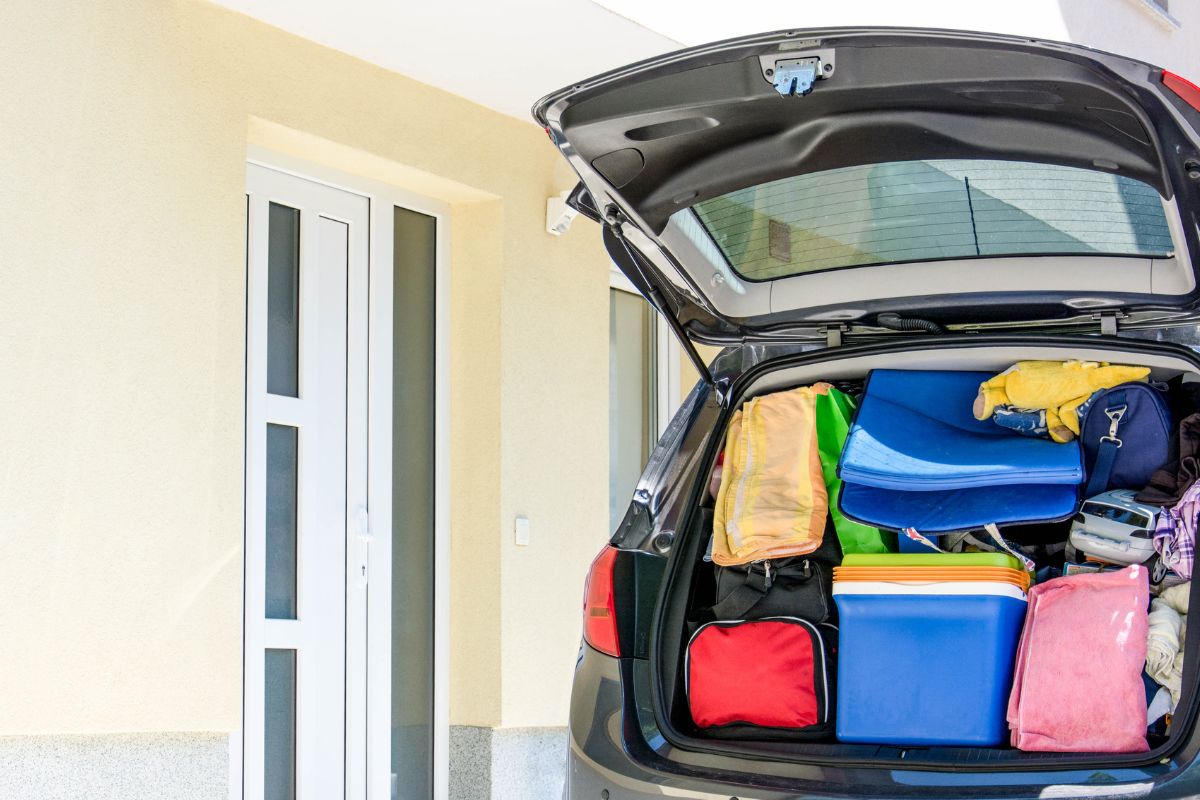
Plan For Disaster In A Vehicle
If a disaster happens while driving, you will need to take certain steps.
For example, if an explosion destabilizes your car, pull over safely, set the emergency brake, and call for help if you can.
If a flood or an earthquake hits while in your car, steer clear of bridges, electrical lines, overpasses, and signs. If a tornado is approaching, leave your car and look for shelter.
If you can’t find shelter, lie down in a low area and cover the back of your head with your arms.
If disaster strikes in winter, keep a blanket, warm clothes, a small shovel, and some ice or sand in your trunk in case you are snowed in.
Plan For A Disaster In Work/School
Find out what disaster planning is in place at your workplace or at your children’s school. If they have no plans in place, you can volunteer to develop one or assist in developing one.
If you work in a high-rise building, take the time to understand their emergency procedures, such as exit locations, and keep a working flashlight in your desk.
Run Drills On Your Emergency Plan
Your family should practice the emergency plan you’ve put in place every 6 months, with a checklist as a guide to make sure you’re doing everything you need to do.
You can alter the checklist to address threats that are more applicable to you depending on where you live. For example, if your area is prone to certain natural disasters.
You should replenish your water and food supply at least once a year, and properly maintain smoke alarms and fire extinguishers in the home.
Final Thoughts
Deciding to form an emergency plan for when disaster strikes is an important first step.
It might be scary to discuss earthquakes, fires, and other natural disasters with your family – especially children – but being open and prepared will limit panic if these unfortunate events do occur.
You can start the process of creating an emergency plan for your family by discussing what type of emergencies are more likely to happen in your area.
So if you live in Florida for example, you’re more likely to experience hurricanes, while if you live in Oklahoma, you’re more likely to experience tornadoes.
An effective emergency plan should be easy to understand, as plans that are overly complicated can be confusing and stress and panic.
- How To Make A Quick And Easy DIY Toilet For Camping - September 19, 2022
- How To Use A Knife For Self Defense - September 19, 2022
- How To Help The Elderly Recover From A Disaster - September 19, 2022
